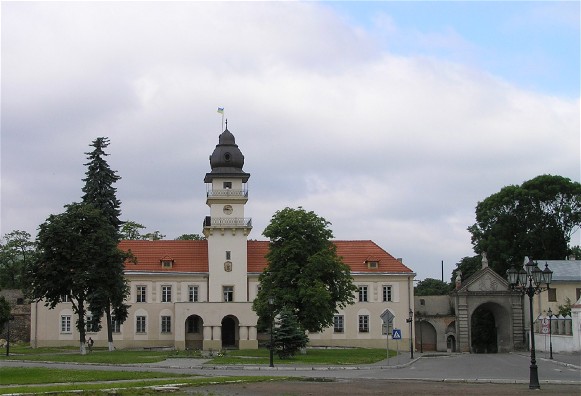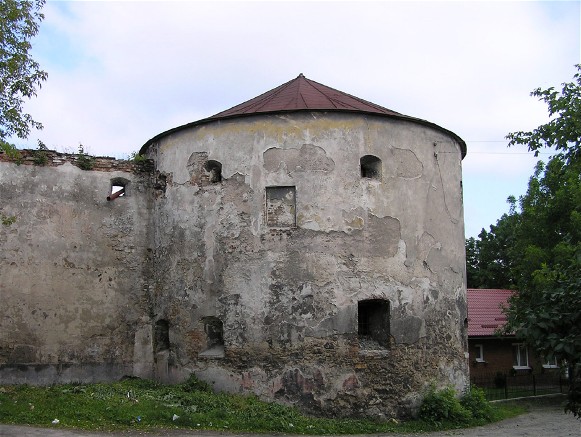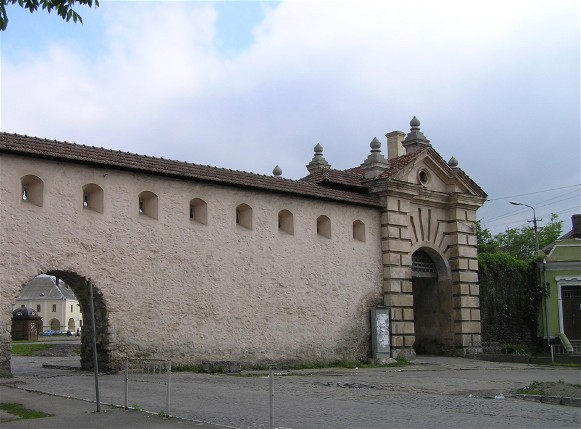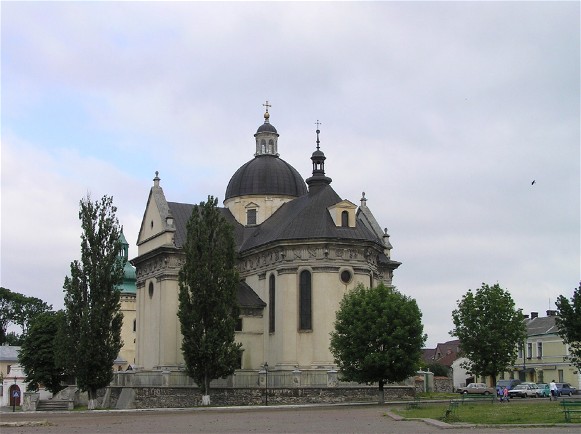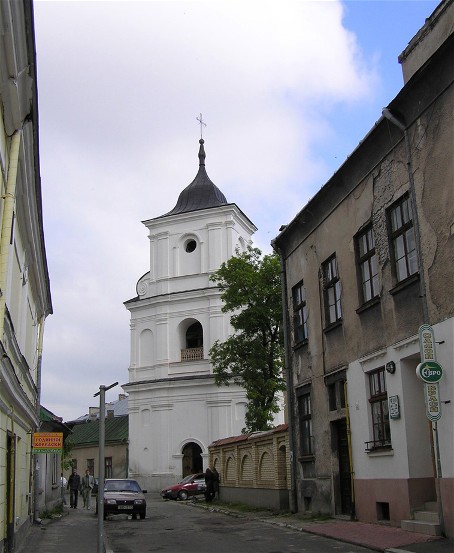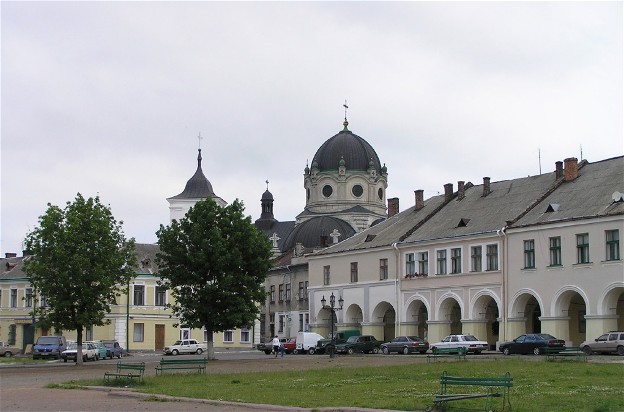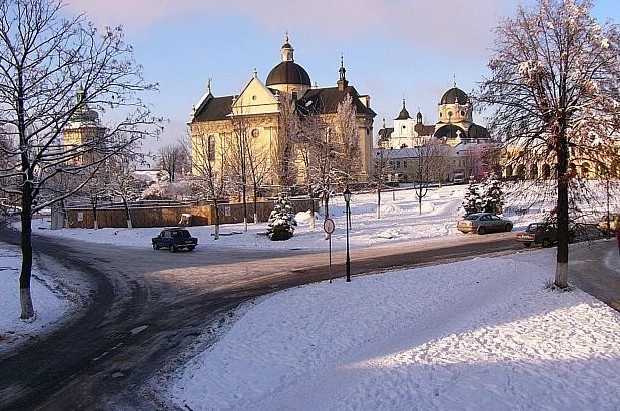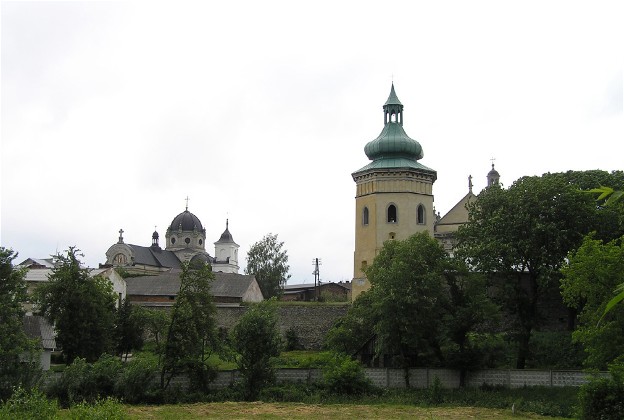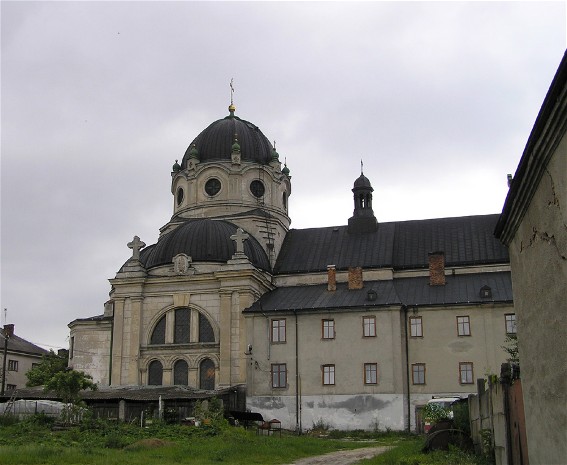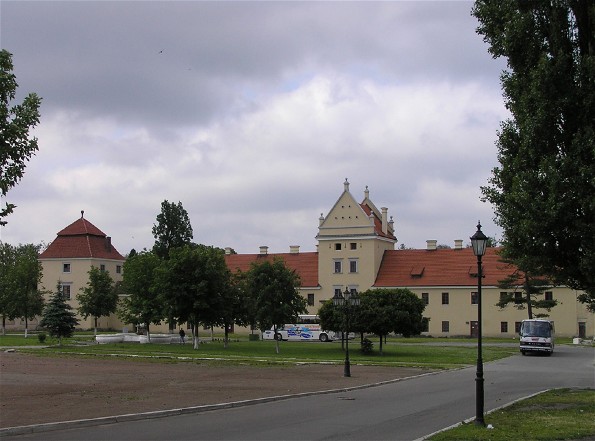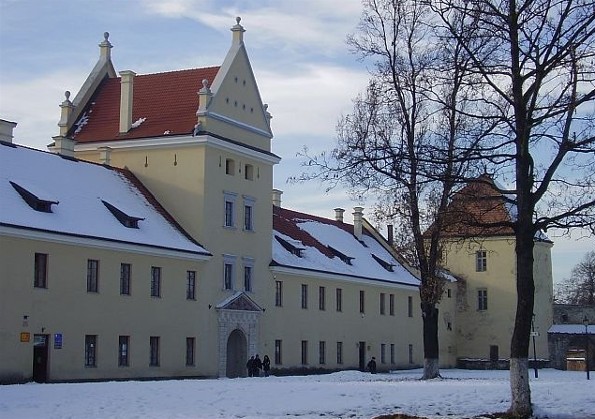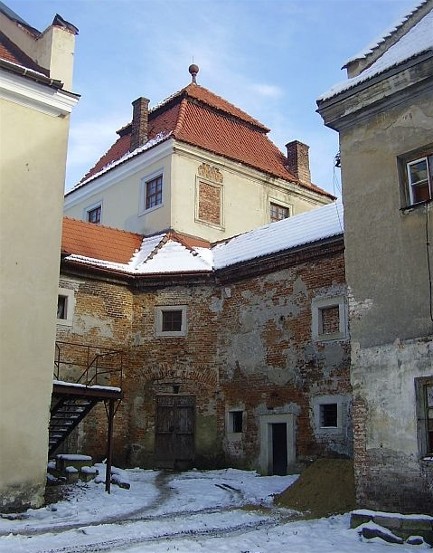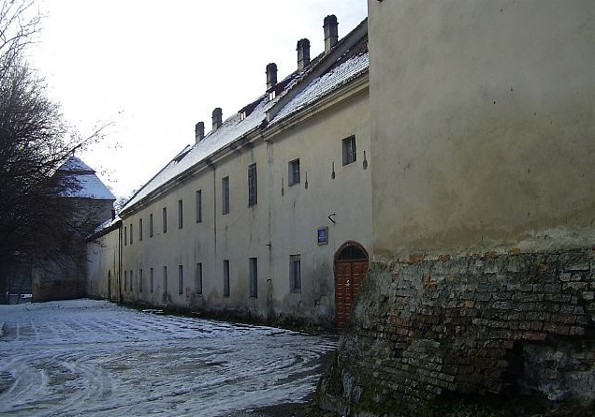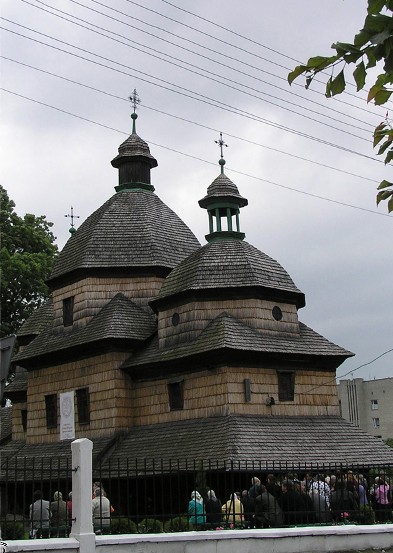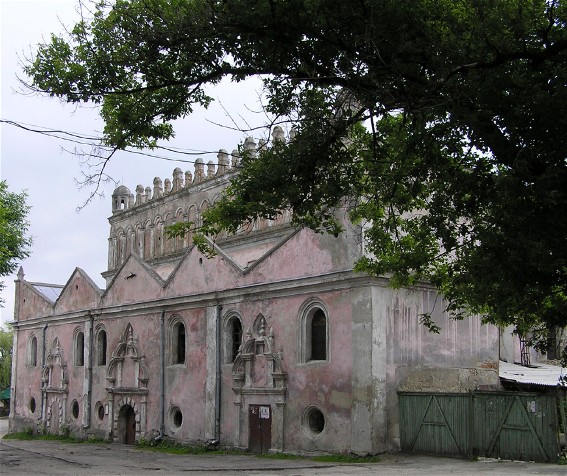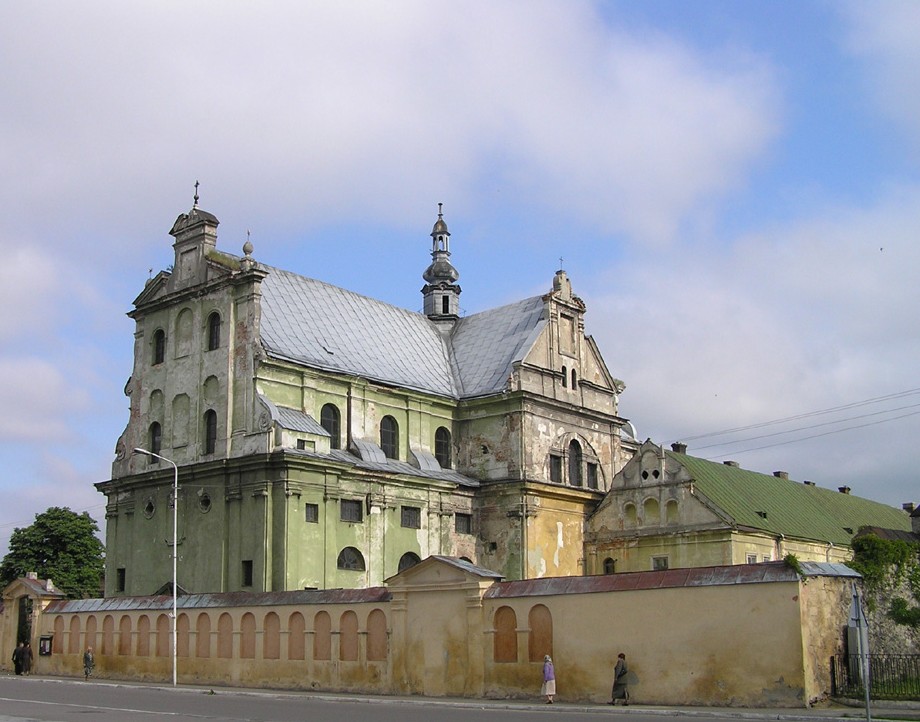Zhovkva
Zhovkva [Жовква; Žovkva]. III-4. A city (2014 pop 13,629) on the Svynia River and a raion center in Lviv oblast. According to archeological evidence the site was inhabited as early as the 3rd or 2nd century BC. A settlement at the location is first mentioned in historical documents under the name Vynnyky in 1368. In 1597 a new town was established at this site and named Zhovkva in honor of its owner, the Polish field hetman Stanisław Żółkiewski. The town was granted the rights of Magdeburg law in 1603. A castle was built to protect the town from Tatar raids, and King Jan III Sobieski established a residence there. Zhovkva developed into a trade and manufacturing center. It was noted for its talented craftsmen and artists, who at the beginning of the 18th century formed the Zhovkva School of Artists. The town was also an important religious center, with many churches and monasteries. The Zhovkva Monastery of the Basilian monastic order, which was built in the 17th century, developed into an important publishing center at the end of the 19th century. Under Soviet rule Zhovkva was called Nesterov in 1951–1992 in honor of Russian pilot P. Nesterov. Zhovkva’s architectural monuments include the large, well-preserved castle, a church and monastery of the Dominican order from the 17th century, a synagogue, two wooden churches from the beginning of the 18th century, the Basilian church and monastery, which were restored in 1907, the remnants of the brick defensive walls and two city gates, and the old market square with some original buildings. The oldest and most important industry in Zhovkva is glass-making, but there are also a canning and a brick factory.
[This article was updated in 2016.]

.jpg)
